Error Code Api 103
In the world of software development, encountering error codes is a common occurrence. These error codes are typically displayed to the user, providing them with valuable information about issues or problems that may have arisen while using a particular application or service. One such error code that users may come across is Error Code API 103. In this article, we will delve into the details of Error Code API 103, its causes, troubleshooting methods, common solutions, preventive measures, and when to seek professional help.
What is Error Code API 103?
Error Code API 103 is an error message that indicates a problem with an API (Application Programming Interface) request. APIs are sets of rules and protocols that enable different software applications to communicate with each other. These interfaces are crucial for the exchange of data and functionality between systems.
Causes of Error Code API 103:
There can be several causes behind the occurrence of Error Code API 103. Some of the common causes include:
1. Invalid or missing API key: This is one of the most common causes of Error Code API 103. An API key acts as a unique identifier and authentication token for accessing an API. If the API key used in the request is invalid or missing, the server may respond with Error Code API 103.
2. Incorrect request parameters: Another cause of this error code is sending incorrect or incomplete request parameters. APIs have specific requirements for request parameters, and if they are not properly formatted or missing, it can lead to Error Code API 103.
3. Server issues: Sometimes, the error may not be on the client-side but on the server-side. Server issues, such as downtime, maintenance, or overload, can result in Error Code API 103 for the users trying to access the API at that particular time.
4. Network connectivity problems: Unstable or unreliable network connections can cause disruptions between the client and the server, leading to Error Code API 103. It is essential to ensure a stable internet connection while using APIs.
Why does Error Code API 103 occur?
Error Code API 103 occurs as a result of these causes mentioned above. The error serves as a notification to the user or developer that something has gone wrong with the API request. By providing this specific error code, it becomes easier to diagnose and troubleshoot the problem.
How to troubleshoot Error Code API 103:
When faced with Error Code API 103, there are several steps you can take to troubleshoot and resolve the issue. These steps include:
1. Verify the API key: Double-check that the API key being used is correct and active. Ensure there are no typos or accidental spaces in the key. If you suspect the API key is invalid or expired, generate a new one from the API provider’s website.
2. Review the request parameters: Carefully review the request parameters being sent to the API. Ensure they are correctly formatted and fulfill all the requirements specified by the API documentation.
3. Check server status: If you suspect the issue lies with the server, check the API provider’s website or documentation for any announcements regarding server maintenance or downtime. If the server is down, you may need to wait until it is back up and running.
4. Test in a different environment: Try making the API request from a different environment, such as a different device or network. This will help identify if the issue is specific to your current setup.
Common solutions for resolving Error Code API 103:
Here are some common solutions you can try to resolve Error Code API 103:
1. Generate a new API key: If you suspect the API key is the problem, generate a new key from the API provider’s website and replace the old key.
2. Correct the request parameters: Carefully review the request parameters and ensure they are accurately formatted and include all the necessary information.
3. Retry the request: Sometimes, API requests fail due to temporary server issues or network problems. Try sending the request again after a few minutes to see if the error persists.
4. Contact the API provider: If none of the above solutions work, contact the API provider’s support team for assistance. They are likely to have knowledge of the specific error code and can guide you in resolving it.
Preventive measures for avoiding Error Code API 103:
To avoid encountering Error Code API 103 in the future, consider implementing the following preventive measures:
1. Use reliable API keys: Ensure that the API keys used are valid, active, and securely stored. Regularly review and update them as required.
2. Implement proper error handling: Develop robust error-handling mechanisms in your application to gracefully handle API errors. This includes displaying meaningful error messages to users and logging error details for developers.
3. Maintain updated API documentation: Keep your API documentation up to date with the latest requirements and guidelines. This will help developers and users avoid common mistakes and ensure successful API requests.
When to seek professional help for Error Code API 103:
While the aforementioned troubleshooting steps should be sufficient in most cases, there may be situations where professional help becomes necessary. Consider seeking professional assistance under the following circumstances:
1. Recurring or persistent errors: If you continue to encounter Error Code API 103 despite troubleshooting attempts, it may indicate a deeper issue that requires expert analysis.
2. Custom or complex API integration: If you are working with a customized or complex API integration, seeking professional help may be beneficial in resolving the error.
3. Time-sensitive scenarios: If the API issue is impacting critical operations or time-sensitive processes, it is advisable to seek professional assistance to expedite the resolution.
In conclusion, Error Code API 103 can be a frustrating hurdle when working with APIs. Understanding its causes, troubleshooting methods, and preventive measures can go a long way in successfully resolving the error. By implementing the suggestions provided in this article and seeking professional help when necessary, you can ensure a smooth API experience devoid of Error Code API 103.
Hsbc Error Code Api_103: How To Fix Hsbc Error Code Api_103
Keywords searched by users: error code api 103 hsbc error code api_102, HTTP status code, http status codes
Categories: Top 64 Error Code Api 103
See more here: nhanvietluanvan.com
Hsbc Error Code Api_102
API_102 error code is one that has been encountered by many HSBC bank customers. This error code is associated with the bank’s application programming interface (API) and can occur when customers are attempting to access their account information or carry out transactions using online or mobile banking platforms. In this article, we will delve into the details of the HSBC Error Code API_102, its possible causes, and potential solutions. Additionally, we will also address some frequently asked questions to provide a comprehensive understanding of this error code.
What is HSBC Error Code API_102?
HSBC Error Code API_102 is an error message that typically appears when customers encounter difficulties while using HSBC’s API. This error code is triggered when the API encounters an internal error during the processing of a customer’s request. It prevents customers from accessing their account information or initiating transactions using the bank’s digital channels.
Causes of HSBC Error Code API_102:
1. Technical Issues: API_102 can occur due to technical glitches on HSBC’s servers or network. These issues may arise from maintenance activities, system updates, or temporary outages. Such technical disruptions can lead to the generation of the API_102 error.
2. Invalid Credentials: Entering incorrect login credentials multiple times can cause the API to block access to the account, generating the API_102 error. This security measure is in place to protect customers’ accounts from unauthorized access or suspicious activities.
3. Account Lockout: HSBC may temporarily lock a customer’s account if suspicious activities are detected or if the customer has made too many unsuccessful login attempts. This lockout can trigger the API_102 error when attempting to access the account.
4. Connectivity Issues: Poor internet connectivity or disruptions in the customer’s network can also lead to the generation of the API_102 error. Unstable network connections hinder the seamless communication between the customer’s device and HSBC’s servers.
How to Resolve HSBC Error Code API_102:
1. Retry Later: In some cases, the API_102 error may be a result of a temporary server issue or scheduled maintenance. In such situations, customers are advised to wait for some time and retry after a few minutes or hours. If it was a temporary glitch, the error code should disappear, and normal access to the account can be regained.
2. Check Login Credentials: If the API_102 error appears immediately after entering login credentials, double-check for any typing errors. Ensure that the caps lock key is turned off and that the correct characters are entered. If unsure of the credentials, customers should reset their passwords through the provided HSBC channels.
3. Contact Customer Support: If the error persists and none of the above solutions work, it is recommended to reach out to HSBC customer support. Inform them of the encountered error code and provide any additional information that may be helpful in resolving the problem. HSBC’s support team will be able to guide customers through the troubleshooting steps or escalate the issue to the technical department if necessary.
4. Verify Account Lockout Status: If suspicion arises that the error code is caused by account lockout due to excessive login attempts or suspicious activities, contacting customer support becomes crucial. They will provide the necessary guidance to unlock the account and assist in securing it against unauthorized access.
HSBC Error Code API_102: Frequently Asked Questions
Q1. Can I resolve the API_102 error by reinstalling the HSBC mobile app?
Unfortunately, reinstalling the mobile app is unlikely to resolve the API_102 error. The error is often related to server-side issues or compatibility problems and requires technical intervention from HSBC’s end.
Q2. How long does it take to resolve the API_102 error?
The resolution time for the API_102 error depends on its cause. If it is due to a temporary server issue or maintenance, the error should disappear within a short period of time. However, if the error stems from other underlying issues, resolution may take longer. It is always recommended to contact HSBC customer support for accurate guidance.
Q3. Will I lose access to my funds if I encounter the API_102 error?
Encountering the API_102 error does not mean losing access to your funds. The error code primarily affects customers’ ability to access their accounts using digital channels. However, access can usually be regained by following the resolution steps mentioned earlier.
Q4. How can I minimize the chances of encountering the API_102 error?
To minimize the chances of encountering the API_102 error, ensure that you have stable internet connectivity before accessing HSBC’s digital services. Additionally, always use correct and up-to-date login credentials, and do not attempt excessive login attempts if you are unsure of the username or password.
In conclusion, the HSBC Error Code API_102 may disrupt customers’ access to their account information and transactions through the bank’s digital channels. However, most instances of this error can be resolved by following the recommended steps. In case of persistent issues, contacting HSBC’s customer support is essential for prompt resolution.
Http Status Code
When using the internet, we often come across various error messages that indicate that something has gone wrong. These messages are known as HTTP status codes. HTTP, or Hypertext Transfer Protocol, is the underlying protocol that enables communication between clients (such as web browsers) and servers. HTTP status codes are vital for understanding the outcome of a specific request made by the client to the server. In this article, we will delve deeper into HTTP status codes, explore their significance, and provide answers to some frequently asked questions.
What are HTTP Status Codes?
HTTP status codes are three-digit numbers that are returned by servers to indicate the result of a client’s request. They are grouped into five classes, with each class starting with a unique digit.
1xx – Informational: These codes are used to inform the client that the request has been received and the process is continuing. Examples include 100 (Continue) and 101 (Switching Protocols).
2xx – Success: These codes indicate that the request was successfully received, accepted, and processed by the server. The most commonly encountered success code is 200 (OK), indicating that the request was successful.
3xx – Redirection: These codes inform the client that further action is required to complete the request. For example, 301 (Moved Permanently) indicates that the requested resource has been permanently moved to a new location.
4xx – Client Errors: These codes indicate that there was an error on the client’s side, such as a malformed request or an unauthorized access attempt. The notorious 404 (Not Found) code falls under this category, indicating that the requested resource could not be found.
5xx – Server Errors: These codes indicate that the server encountered an error while processing the request. The server is responsible for these errors, and they often occur due to server overload or misconfiguration. Examples include 500 (Internal Server Error) and 503 (Service Unavailable).
FAQs
Q: Can HTTP status codes be seen by users?
A: HTTP status codes are primarily meant to be interpreted by machines, such as web browsers and search engine crawlers. However, some codes, like 404 (Not Found), are designed to be displayed to the end-users to indicate that the requested resource was not found.
Q: Are HTTP status codes standardized?
A: Yes, HTTP status codes are standardized by the Internet Engineering Task Force (IETF). The current standard is described in RFC 7231, which defines the semantics of each status code and their usage in HTTP.
Q: What does a typical HTTP response look like?
A: A typical HTTP response consists of three parts: the status line, headers, and the message body. The status line includes the HTTP version, the status code, and a brief textual description. The headers provide additional information about the response, such as the content type or caching instructions. The message body contains the actual content, which could be HTML, JSON, or any other format.
Q: How can I handle HTTP status codes in my web application?
A: Handling HTTP status codes in your web application is crucial for providing a good user experience. You can check the status code of the server’s response and take appropriate actions based on it. For example, if the status code is in the 2xx range, you can proceed with processing the response. If it’s a 4xx or 5xx code, you can display an error message to the user or redirect them to another page.
Q: What’s the difference between a 301 and a 302 redirect?
A: A 301 redirect indicates that the requested resource has been permanently moved to a new location, and future requests should be directed to that location. A 302 redirect, on the other hand, indicates a temporary move and suggests that the client should continue using the original URL for future requests.
In conclusion, HTTP status codes play a vital role in the communication between clients and servers on the internet. They provide valuable information about the outcome of a request and help both machines and users understand what went wrong, if anything. By familiarizing yourself with the different status code classes and their meanings, you can effectively navigate and troubleshoot various web-related issues.
References:
– RFC 7231: https://tools.ietf.org/html/rfc7231
Http Status Codes
In the world of web development, HTTP status codes play a vital role in communication between web servers and clients. These codes, often referred to as HTTP response status codes, are three-digit numbers that indicate the result of a particular HTTP request. Each status code signifies a specific outcome, providing valuable insights and instructions for developers and users. In this article, we will delve deeper into the realm of HTTP status codes, examining their meaning, usage, and common FAQs.
Understanding HTTP Status Codes:
HTTP status codes are grouped into different categories, denoted by the first digit of the status code:
1xx – Informational
2xx – Success
3xx – Redirection
4xx – Client Error
5xx – Server Error
1. Informational (1xx):
These codes inform the client that the server has received the request and is processing it. However, there is usually no immediate action required by the client. The most common informational code is 100 (Continue), indicating that the server has received the headers and the client should proceed with the request.
2. Success (2xx):
The 2xx status codes indicate that the client’s request was successfully received, understood, and accepted by the server. The most commonly used success code is 200 (OK), signifying that the request has been fulfilled.
3. Redirection (3xx):
When a client makes a request, it may be necessary for the server to redirect the client to another URL or location to fulfill the request. The 3xx status codes signify such redirections. The common codes include 301 (Moved Permanently), which indicates that the requested resource has been permanently moved to a new location, and 304 (Not Modified), indicating that the requested resource has not been modified since the client last retrieved it.
4. Client Error (4xx):
The 4xx status codes highlight errors caused by the client’s request. These codes inform the client that something went wrong or the request could not be completed. Among the frequently encountered client error codes are 404 (Not Found), suggesting that the requested resource could not be found on the server, and 403 (Forbidden), indicating that the client lacks the necessary permissions to access the requested resource.
5. Server Error (5xx):
The 5xx status codes indicate server errors that prevent the server from fulfilling the client’s request. These codes are typically not the client’s fault, but rather issues on the server-side. One common server error code is 500 (Internal Server Error), signifying an unexpected condition that prevented the server from fulfilling the request.
Frequently Asked Questions (FAQs):
Q1. Why are HTTP status codes important?
HTTP status codes are crucial for communication between servers and clients. They provide essential information about the outcome of a request, allowing developers to understand and troubleshoot issues more efficiently. These codes also offer instructions for clients, helping them determine the appropriate actions to take based on the response received.
Q2. Can an HTTP status code be customized?
While the standard HTTP status codes cover most scenarios, developers can create custom status codes within the 4xx (Client Error) or 5xx (Server Error) ranges for specific application requirements. However, it is important to note that custom codes may not be widely recognized by all clients and may not conform to the standardized behavior of existing codes.
Q3. Are HTTP status codes visible to end-users?
In most cases, end-users do not directly encounter HTTP status codes. Instead, these codes are handled by web browsers, web servers, and intermediaries behind the scenes. However, certain status codes, such as 404 (Not Found) or 503 (Service Unavailable), may occasionally be visible to end-users when an error occurs.
Q4. What should be done when encountering a 404 (Not Found) error?
A 404 (Not Found) error occurs when the requested resource is unavailable on the server. To resolve this issue, check the URL for any typos or errors. If the resource has been moved, update any links or references accordingly. Website owners may also consider creating a custom 404 page to provide helpful information or redirect users to relevant content.
Q5. How can redirects be implemented effectively?
Redirects can be implemented using the appropriate status code (e.g., 301 for permanent redirects, 302 for temporary redirects). When using redirects, ensure that the destination URL is correct and consider maintaining any query parameters or POST data to ensure a seamless transition for the user.
Conclusion:
HTTP status codes are integral to web development and serve as a means of communication between servers and clients. By understanding the various status code categories and their meanings, developers can efficiently diagnose and resolve issues, ensuring smoother user experiences. The FAQs section also sheds light on common queries surrounding HTTP status codes, providing additional clarity for those seeking a comprehensive understanding of this critical aspect of web development.
Images related to the topic error code api 103
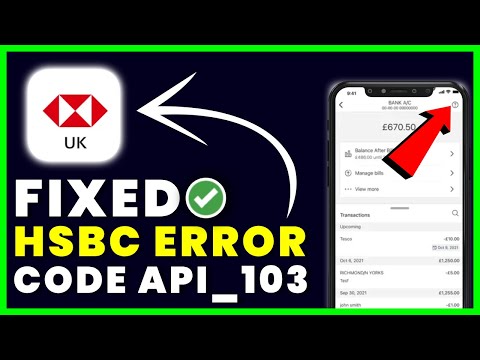
Found 25 images related to error code api 103 theme


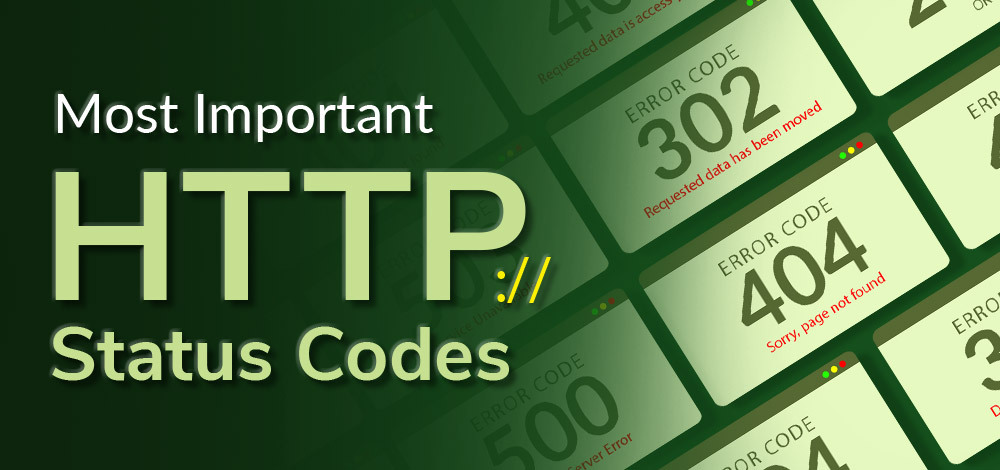


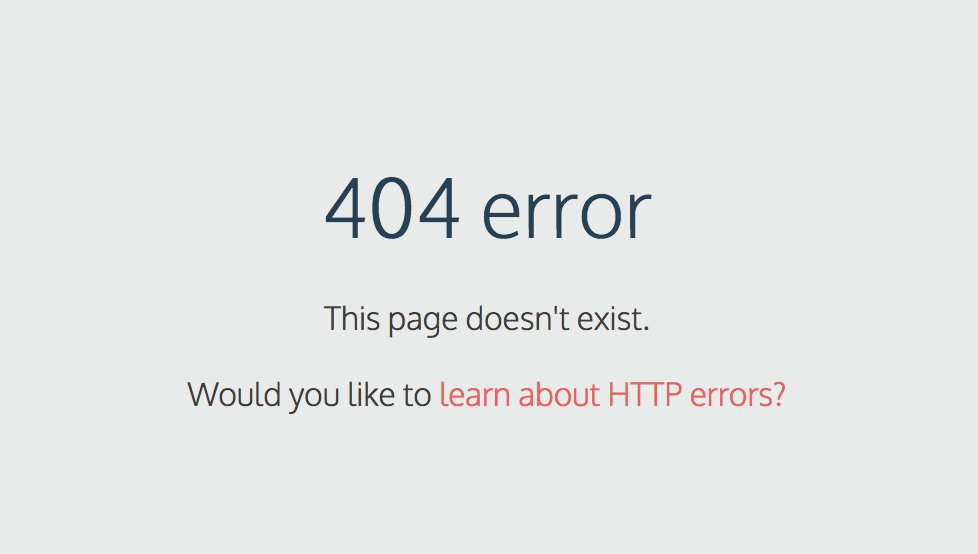
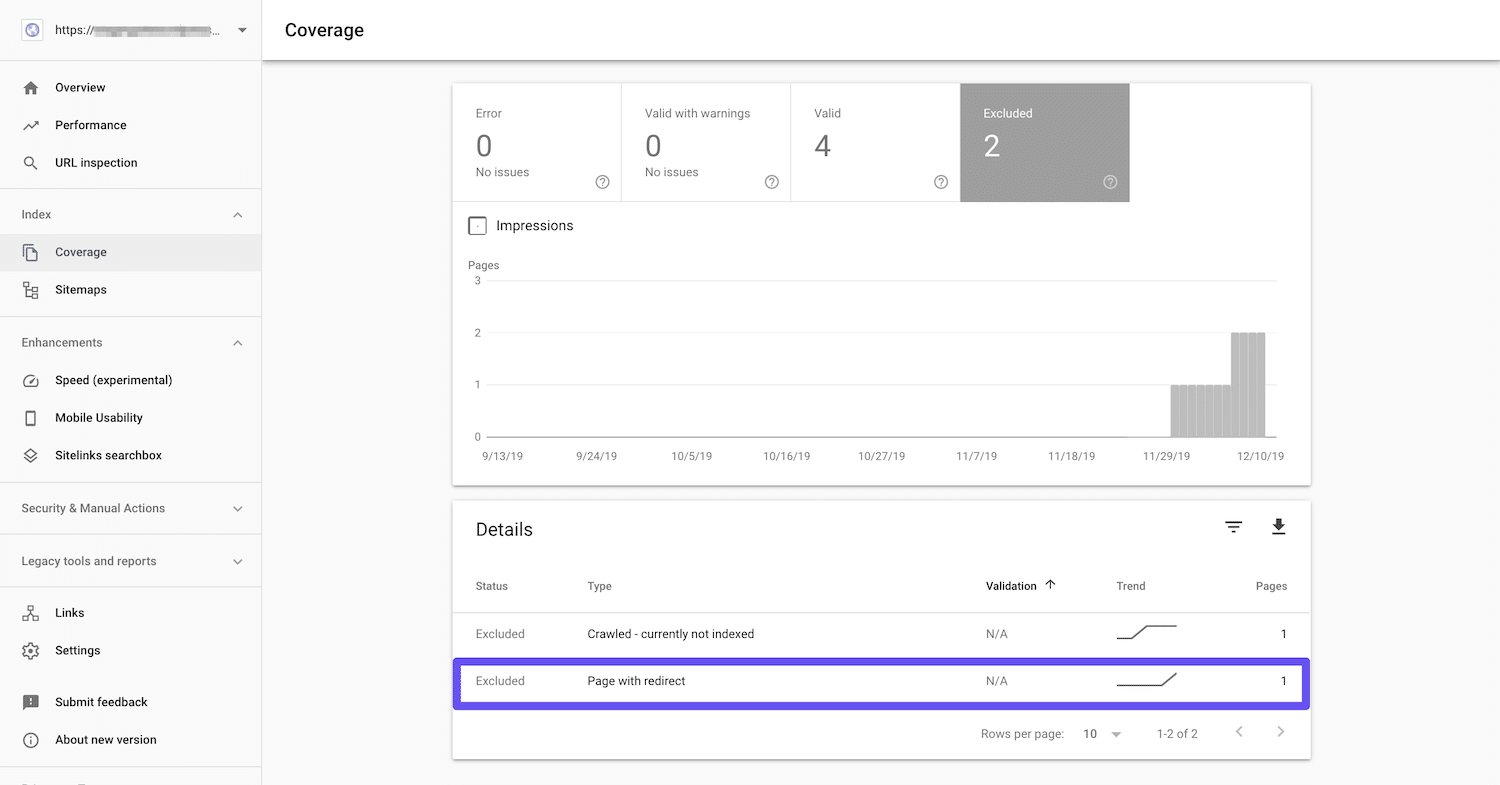









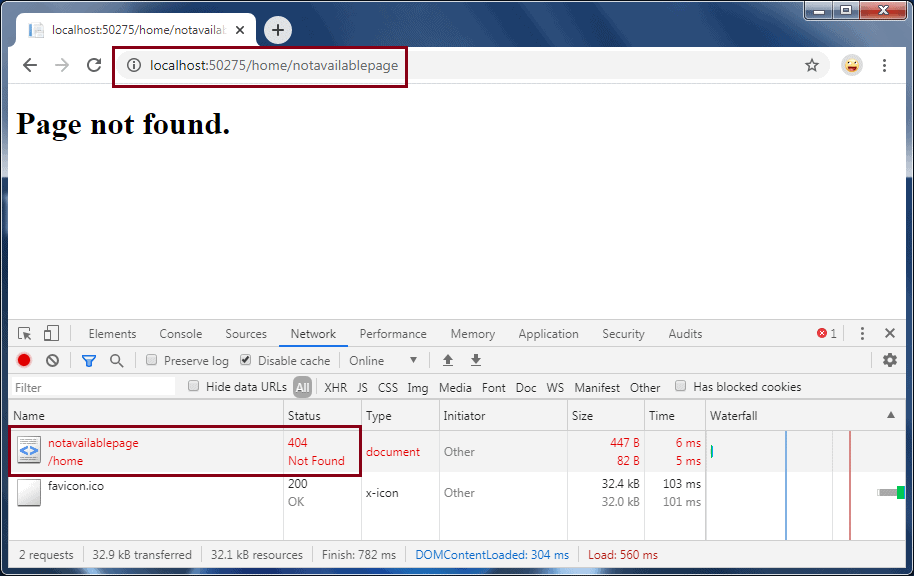
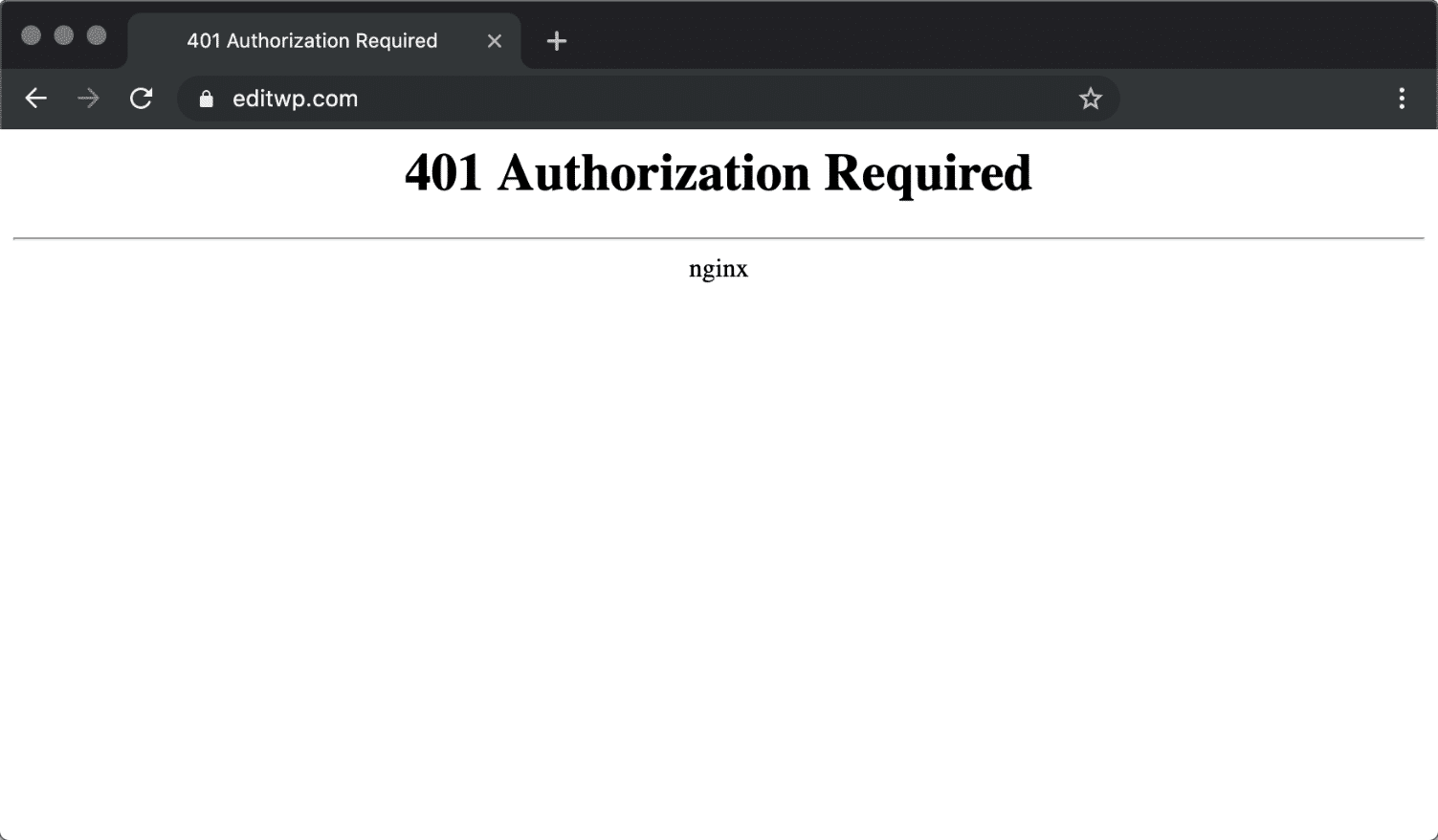

![Solved] runtime error opening virtualbox Solved] Runtime Error Opening Virtualbox](https://lh3.googleusercontent.com/-6mzw5lVLpQw/YTd-LhsoZfI/AAAAAAAAFSw/aj5NeLiQFIk1QubE2JfaWmP2dfrpKMctgCLcBGAsYHQ/s16000/image.png)
:max_bytes(150000):strip_icc()/GettyImages-78767365-596024093df78cdc68b97af1.jpg)


Article link: error code api 103.
Learn more about the topic error code api 103.
- HTTP Status Code 103 in Log – apache – Stack Overflow
- 103 Early Hints – HTTP – MDN Web Docs – Mozilla
- What is HTTP Status Code 103 (Early Hints)? – Abstract API
- How To Fix HSBC Error Code API_103? – Quaries
- Error 103 – Messente
- How to Fix HSBC Error Code API_103, API_102 or FAIL 001
- How To Fix HSBC Error Code API_103 – Wealth Quint
- HTTP Status Code: 103 Early Hints – Web Concepts
- HTTP status code là gì? Danh sách đầy đủ HTTP status code
See more: https://nhanvietluanvan.com/luat-hoc/